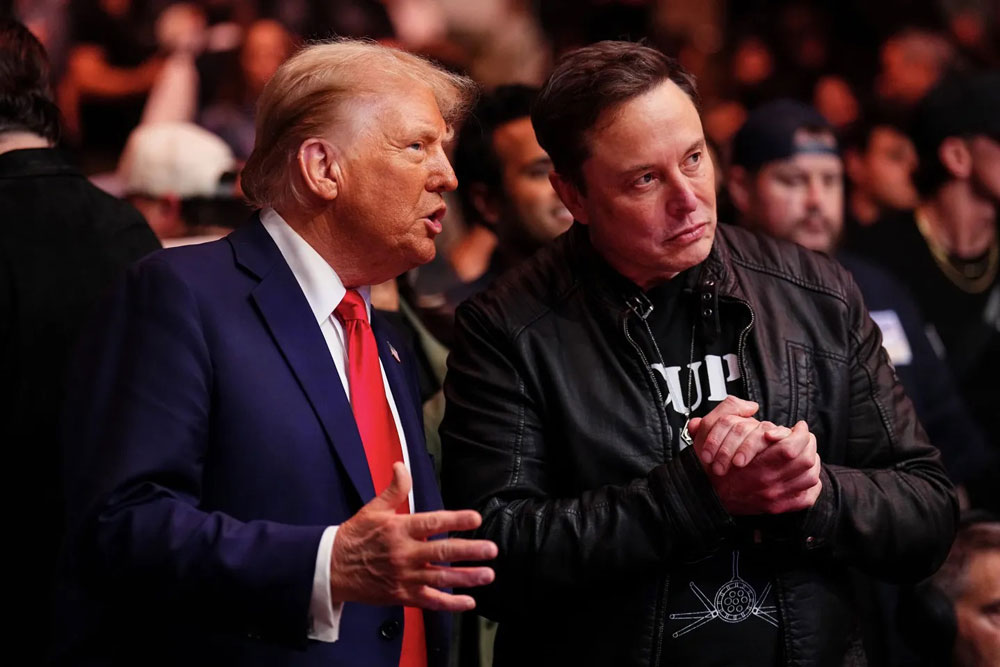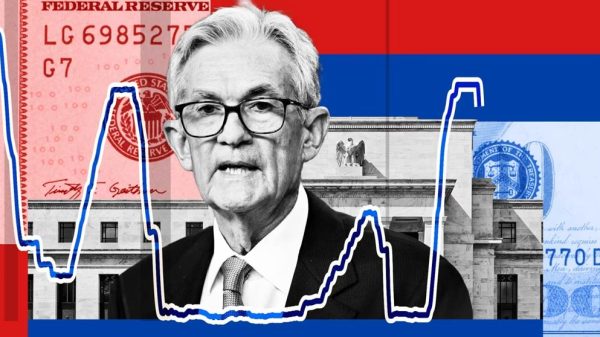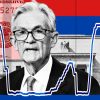The ambitious proposal of a so-called “DOGE dividend,” a potential payout of up to $5,000 per taxpayer, has seemingly been put on the back burner amid rising concerns about inflation and the economic implications of President Donald Trump’s tariff policies. Originally floated as a way to return savings from government efficiency measures to taxpayers, the idea of the DOGE dividend has sparked significant debate among economists, policymakers, and market analysts. Here’s a breakdown of why the plan appears to have stalled.
The Concept Behind the DOGE Dividend
The DOGE dividend, proposed by Elon Musk’s “Department of Government Efficiency” (DOGE), aimed to redirect savings from government cost-cutting measures back to taxpayers. Trump himself expressed enthusiasm for the plan, describing it as a “20% dividend” from the savings generated by eliminating waste, fraud, and abuse in federal programs.
The proposal was initially met with optimism, with some estimates suggesting a payout of $5,000 per taxpayer household if DOGE achieved its projected savings of $2 trillion. Even with more conservative estimates—such as $1 trillion or $500 billion in savings—the checks would still amount to $2,500 or $1,250, respectively. Advocates, including Musk and investment firm CEO James Fishback, argued that the plan could boost household savings and investment, potentially spurring long-term economic growth.
Inflation and Tariffs: The Roadblocks
The momentum behind the DOGE dividend has waned due to two primary factors: inflation and the economic impact of Trump’s tariff policies.
Rising Inflation Concerns
Economists warn that injecting $5,000 per household into the economy could exacerbate inflation, which remains persistently high. While some argue that recipients might save or invest the checks, many would likely spend the money on goods and services, driving up demand and further straining supply chains. Aaron Cirksena, CEO of MDRN Capital, described this scenario as “pouring gasoline on an already hot fire.”
The Federal Reserve, led by Chair Jerome Powell, has been working to bring inflation down to its 2% target. A stimulus-like DOGE dividend would risk undermining those efforts, potentially delaying progress on inflation control and prompting higher interest rates in the long run.
Tariff Policies and Economic “Detox”
President Trump’s renewed tariff threats against global trading partners are expected to put upward pressure on prices, further complicating the inflation outlook. Administration officials, including National Economic Council Director Kevin Hassett, have defended the tariffs as a necessary “economic detox” to reset the U.S. economy. However, combining tariffs with a large-scale cash payout to taxpayers could create a perfect storm of inflationary pressures.
The Political and Economic Debate
The administration’s mixed messaging has fueled debate over the feasibility of the DOGE dividend. On one hand, Trump and his advisers have argued that short-term economic pain from tariffs and market corrections is a price worth paying for long-term growth. On the other hand, the DOGE dividend’s inflationary risks and its tension with deficit-reduction goals have led many to question its viability.
John W. Diamond, an economist and CEO of Tax Policy Advisers, criticized the plan in a Wall Street Journal op-ed, arguing that taxpayer rebates contradict the administration’s stated goal of reducing the federal deficit, which currently stands at $36.22 trillion. “There is no reason to return money to current taxpayers when we would just be imposing a bill on future taxpayers,” Diamond said.
A Missed Opportunity or a Necessary Pause?
Supporters of the DOGE dividend contend that it could help increase the national savings rate, promoting investment and long-term economic growth. Alice Kassens, an economics professor at Roanoke College, suggested that if the dividends were primarily saved rather than spent, they could have a stabilizing effect on the economy. However, she acknowledged the plan’s limited impact on deficit reduction, as only 20% of DOGE savings would go to taxpayers, with the rest allocated to debt repayment.
Critics, however, view the dividend as a “sugar rush” solution—providing short-term economic relief at the expense of long-term fiscal stability. Infrastructure spending, by contrast, is seen as a more sustainable approach to economic growth, with investments spread over time and directed toward productivity-boosting projects.
Looking Ahead
For now, the Trump administration appears to be prioritizing tariffs, tax cuts, and infrastructure spending over direct cash handouts. Economists like Jonathan Ernest from Case Western Reserve University argue that a stimulus measure like the DOGE dividend is unnecessary in the current economic environment, where job growth remains strong and recession fears, while rising, are not yet realized.
However, as midterm elections approach and economic uncertainty persists, the idea of a DOGE dividend may resurface, particularly if the economy slows significantly or inflationary pressures ease. For now, the administration seems focused on policies that align more closely with its long-term economic agenda, leaving the DOGE dividend in limbo.











